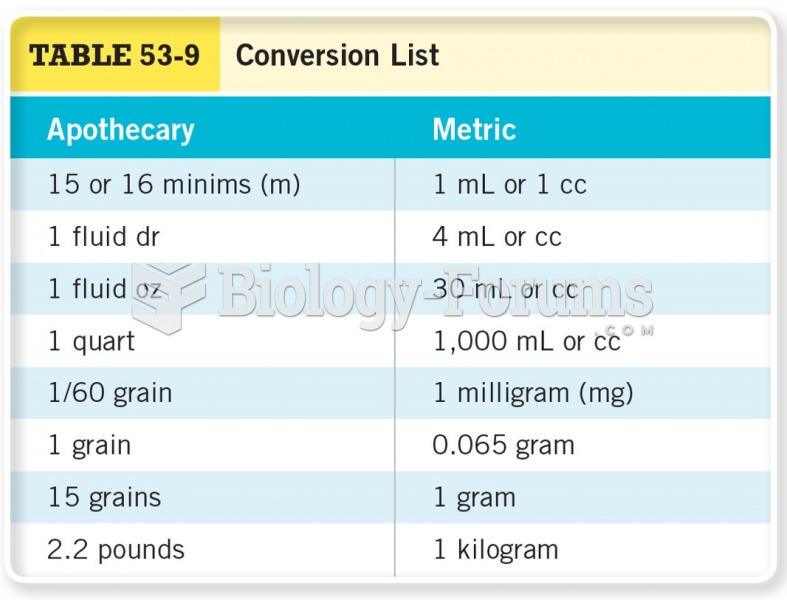Answer to Question 1
The six principles of diet planning are adequacy, balance, kCalorie control, nutrient density, moderation, and variety.
Adequacy: An adequate diet has enough energy and enough of every nutrient (as well as fiber) to meet the needs of healthy people.
Balance: the food choices do not overemphasize one nutrient or food type at the expense of another. Balance in the diet helps to ensure adequacy.
kCalorie control: the foods provide the amount of energy needed to maintain a healthy body weightnot more, not less. The key to kcalorie control is to select foods that deliver the most nutrients for the least food energy.
Nutrient density: Nutrient density promotes adequacy and kcalorie control. A person who makes nutrient-dense choices, such as fruit instead of cola, can meet daily nutrient needs on a lower energy budget. Such choices support good health.
Moderation: Moderation contributes to adequacy, balance, and kcalorie control. Foods rich in fat and sugar often provide enjoyment and energy but relatively few nutrients. In addition, they promote weight gain when eaten in excess. A person who practices moderation eats such foods only on occasion and regularly selects foods low in solid fats and added sugars, a practice that automatically improves nutrient density. Returning to the example of cheddar cheese and fat-free milk, the milk not only offers more calcium for less energy, but also it contains far less fat than the cheese.
Variety:
the foods chosen differ from one day to the next. A diet may have all the virtues just described and still lack variety if a person eats the same foods day after day. People should select foods from each of the food groups daily and vary their choices within each food group from day to day.
Answer to Question 2
d







